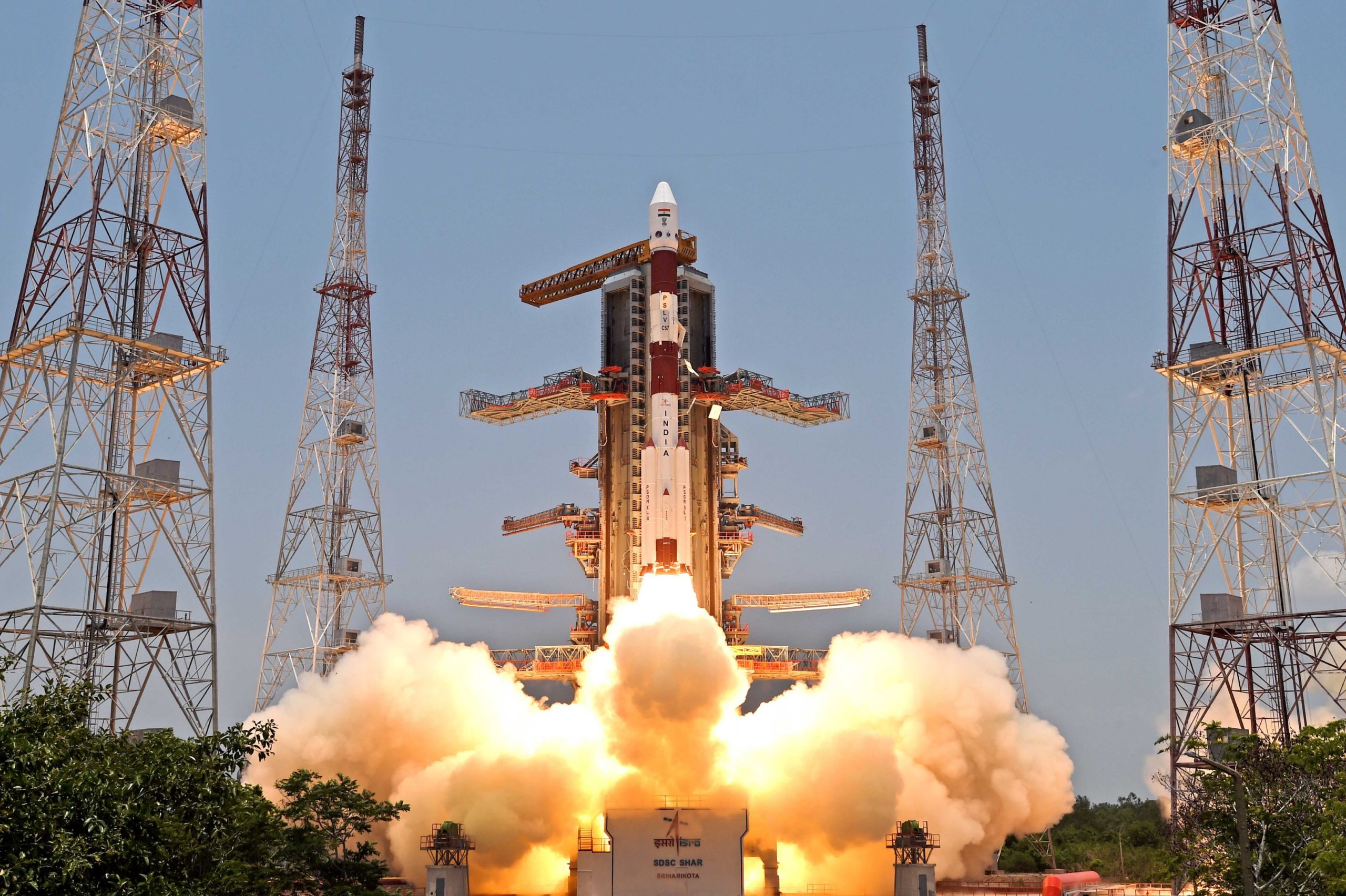In a quest to study the Sun, the India Space Research Organisation (ISRO) today successfully launched its ambitious solar mission, Aditya-L1. The spacecraft roared into the sky from Sriharikota at 11:50 a.m. Informing about this great accomplishment, ISRO posted on social media platform X (formerly twitter) that the launch of Aditya-L1 by PSLV-C57 is accomplished successfully. It also stated that the vehicle has placed the satellite precisely into its intended orbit.
“India’s first solar observatory has begun its journey to the destination of the Sun-Earth L1 point,” said ISRO. The first EarthBound firing to raise the orbit is scheduled for September 3, 2023, around 11:45 Hrs. IST, according to the space agency.
According to ISRO, Aditya-L1 is the first space-based observatory to study the Sun. The spacecraft, after traveling about 1.5 million km from Earth over 125 days, is expected to be placed in a halo orbit around the Lagrangian point L1, which is considered closest to the Sun.
A satellite placed in the halo orbit around the L1 point has an edge to continuously view the Sun without any occultation/eclipses. Carrying seven payloads, it will study the photosphere, chromosphere, and outermost layers of the Sun (the corona) using electromagnetic, particle, and magnetic field detectors.
Prime Minister Narendra Modi, while congratulating ISRO, said, “Our tireless scientific efforts will continue in order to develop better understanding of the Universe for the welfare of the entire humanity.”
Aditya L1 will be instrumental in the study of solar activities and their effect on space weather. The scientific objectives of the mission include the study of coronal heating, solar wind acceleration, Coronal Mass Ejections (CME), dynamics of solar atmosphere, and temperature anisotropy.














